Walking Tours in Budapest
Filled with breathtaking architecture, historic castles and secret caves, Budapest is one of the most intriguing cities in Europe. One of the best ways to discover this fascinating destination is through a walking tour in Budapest.
From virtual reality excursions to food tours of Hungarian delicacies and everything in between, these experiences cater for every interest, meaning you're sure to find one to suit you.
Filled with breathtaking architecture, historic castles and secret caves, Budapest is one of the most intriguing cities in Europe. One of the best ways to discover this fascinating destination is through a walking tour in Budapest.
From virtual reality excursions to food tours of Hungarian delicacies and everything in between, these experiences cater for every interest, meaning you're sure to find one to suit you.

(0/24) checking Musement...
Filled with breathtaking architecture, historic castles and secret caves, Budapest is one of the most intriguing cities in Europe. One of the best ways to discover this fascinating destination is through a walking tour in Budapest.
From virtual reality excursions to food tours of Hungarian delicacies and everything in between, these experiences cater for every interest, meaning you're sure to find one to suit you.
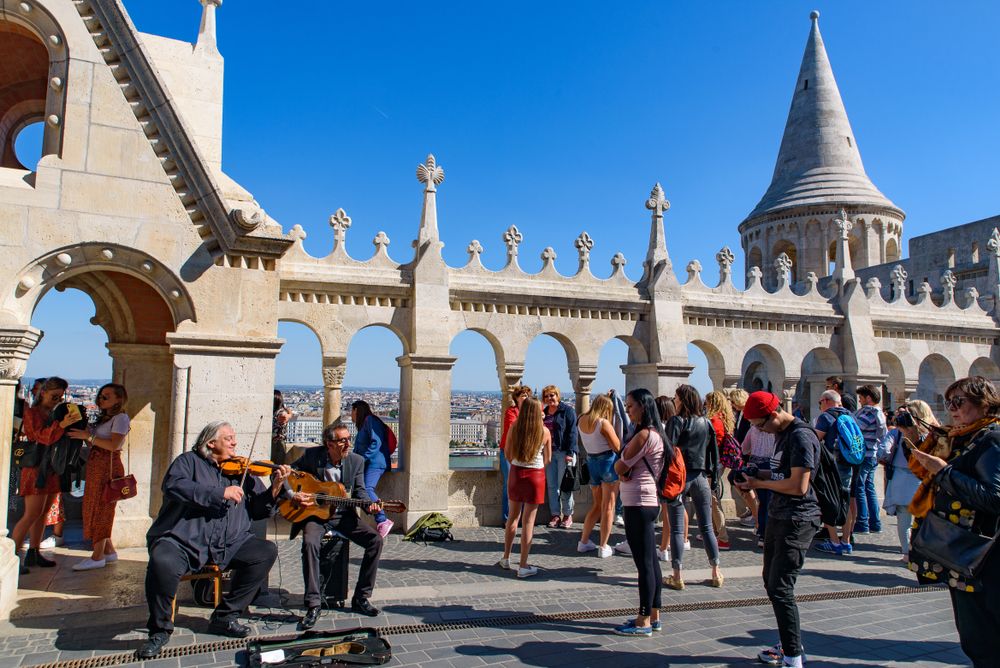
Here's all you need to know about walking tours, one of the most interesting sightseeing experiences in Budapest.
What are the best walking tours in Budapest?
Castle District walking tour in Budapest
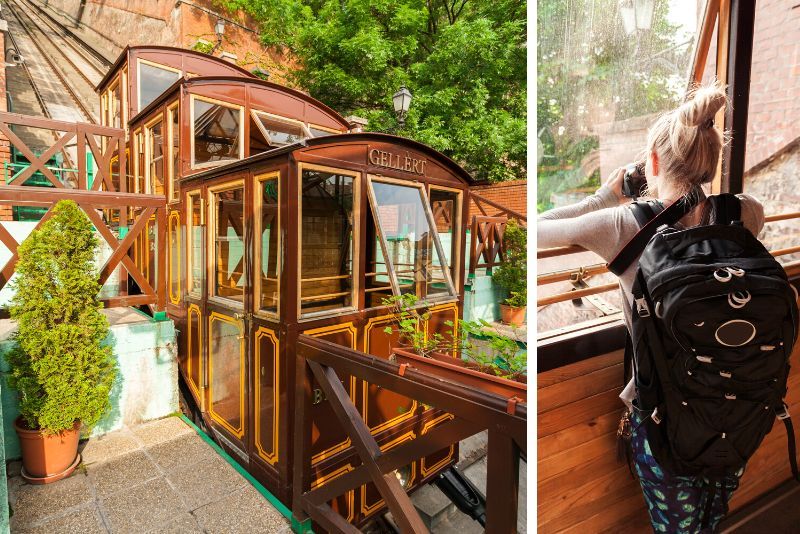
Roam the city streets with a guide and discover facts you'd never know if you wandered this area solo.
You’ll begin this walking tour in Budapest at Matthias Church, which was built in an ornate Gothic style and housed the crowning ceremony for King Franz Josef I of Hungary. After admiring the church's romantic turrets, you’ll stroll along the city’s enchanting olde worlde streets to reach the lookout towers of Fisherman's Bastion, from which you’ll gain panoramic views over Budapest.
Learn about the monument's seven turrets, which represent the seven Hungarian tribes who founded the country at the end of the 9th century before continuing on to Buda Castle. The most iconic attraction in the city, this fortification was originally constructed in the 13th century and was transformed into the Baroque masterpiece you see today during the 1700s.
While it once served as a royal residence, Buda Castle is now home to the Hungarian National Gallery, which features works by local artists including Károly Alexy, Maurice Ascalon and Miklós Borsos, as well as Budapest History Museum, providing an insight into Hungarian life through the centuries.
Buda Castle Cave walking tour in Budapest
Discover hidden alleyways right under the heart of Budapest on this exciting underground tour.
Journey underground to the Buda Castle Labyrinth — a complex of underground caves and passageways, which have been in use since prehistoric times. Formed almost half a million years ago, these caves have been used for refuge by early man, as well as a prison, wine cellar, torture chamber and hospital over the centuries. Discover how the uses of this cave system changed during WWII, and explore its collection of waxwork figurines, introduced during the 1980s.
Virtual reality walking tour in Budapest
Take a deep dive into the most colorful events of Budapest’s past on a virtual reality walking tour in Budapest.
You’ll begin this excursion by donning your virtual reality headset and jumping into the city’s past. Here, you’ll gain a 3D view into how its 13th-century castle was constructed and discover what the early building looked like before it was remodeled in the Baroque architectural style.
Moving forward several centuries, you’ll also become educated on WWII and the devastation it inflicted on the city. The most disastrous event for Hungary during the 6-year-long war was the Siege of Budapest by Romanian and Soviet forces, which lasted 50 days between 1944, and 1945, and resulted in 38,000 deaths.
Lastly, discover the Hungarian Revolution of 1956, during which the country’s residents rose up against the government. There was mass bloodshed after Soviet tanks and troops stormed the country 12 days later, and quashed these efforts. Alongside thousands of needless deaths, this event caused over 250,000 residents to flee Hungary for safer lands.
Walking food tour in Budapest
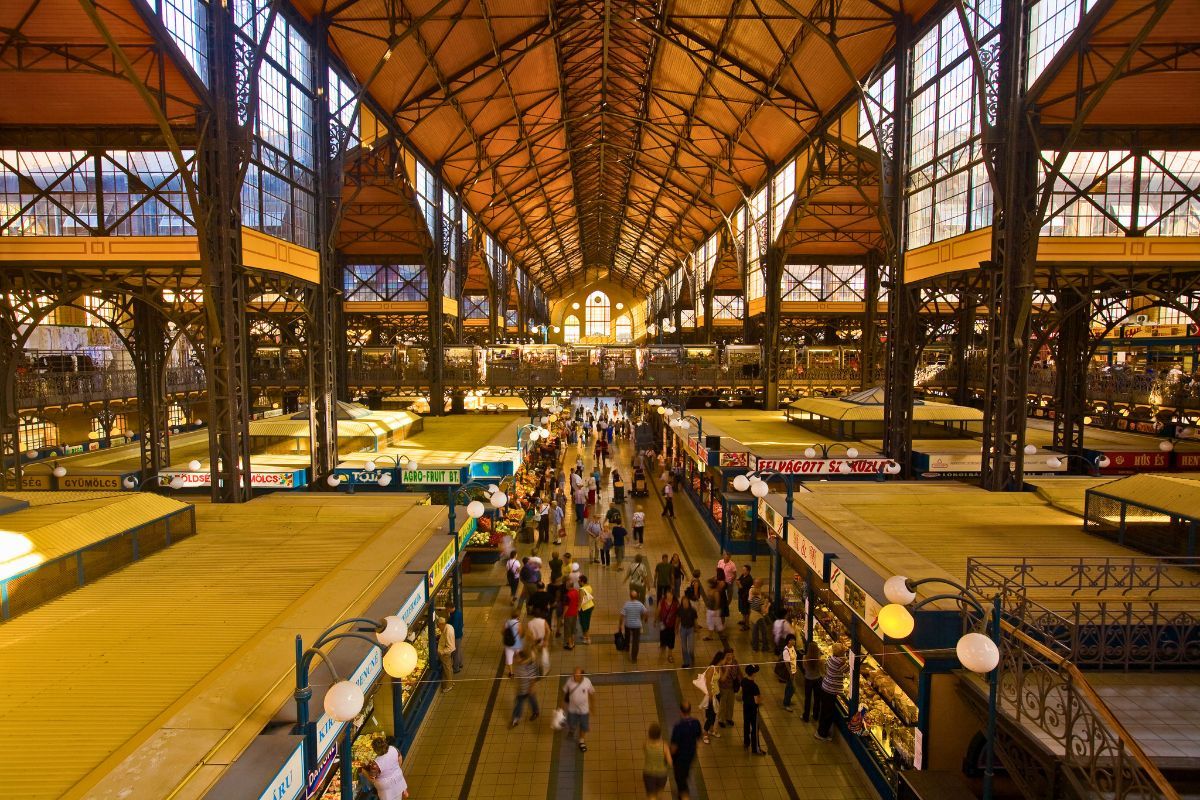
If you want to combine sightseeing with a taste sensation, opt for a walking food tour in Budapest.
This excursion begins at the Fat Policeman Statue, which was constructed with a round stomach as a nod to the deliciousness of Hungarian cuisine. From there, you’ll journey away from the tourist hangouts to discover the food outlets frequented by the locals, from bustling market stalls to upscale wine bars.
Along the way, you’ll discover a myriad of the city’s attractions, including the 18th-century St. Stephen's Basilica, which was built atop a historic theater and is dedicated to the first king of Hungary, Stephen I.
You’ll also stroll the tranquil Liberty Square, which features a monument in remembrance of the Siege of Budapest. You can expect to try a wide and surprising range of Hungarian food, as well as local wines, and coffee. The samples on offer include Hungarian sausages, which are typically smoked using a myriad of herbs and spices, and are often eaten as cold cuts. Devour steaming bowls of goulash, tuck into cheese-topped pastries, and quell your sweet tooth with creamy desserts.
Buda Castle vampires and myths evening walking tour
Take to the streets after dark and feel your spine tingle as you learn about the city’s alternative history.
This excursion takes you to many of the same renowned monuments as on other tours, however, you’ll hear chilling tales about these landmarks that are omitted from most excursions. Learn about Vlad the Impaler who was the inspiration for Bram Stoker’s “Dracula". This Hungarian prince developed his name from his favorite method of murder and was known for rallying against Ottoman forces. While this brutal leader seemed unstoppable for many years, he was imprisoned and tortured in Buda Castle for over a decade.
You’ll also hear about the lesser-known Elizabeth Bathory — more commonly referred to as the “Bloody Countess” — a noblewoman who, alongside several of her servants, killed hundreds of women and young girls in the late 16th, and early 17th century. As you roam the cobbled streets under cover of darkness, you’ll discover the legends of the vampires who are thought to have once wandered Budapest.
Which places are visited?
Buda Castle
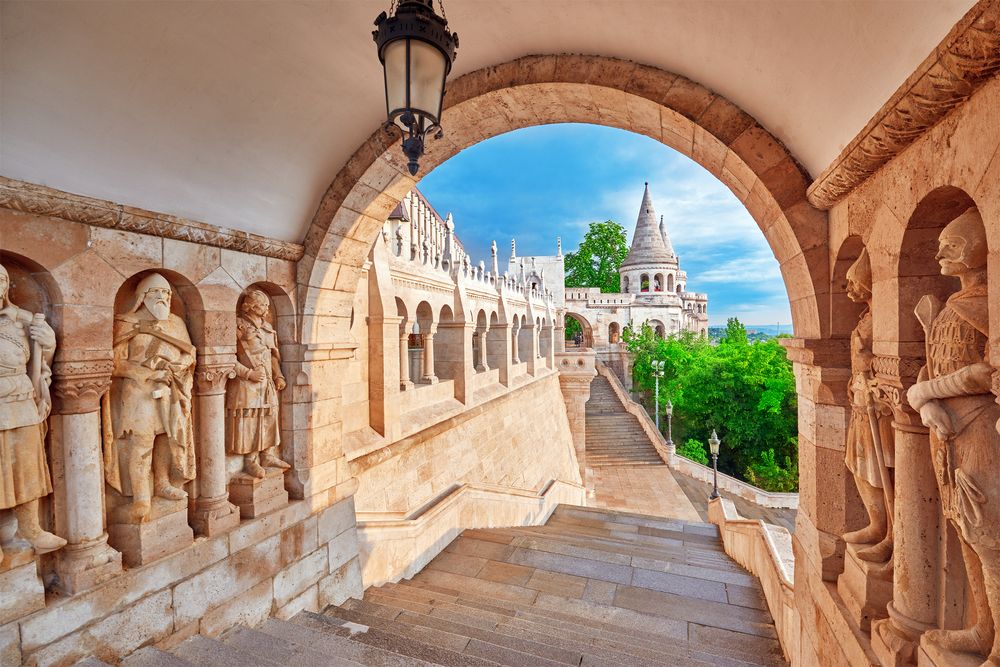
While Buda Castle was constructed in a Gothic style, it also features Renaissance elements on the exterior, which were requested by King Matthias Corvinus. The attraction is included in Budapest’s UNESCO World Heritage site and under its spectacular halls lies a complex cave system, once used to provide a safe space from intruders.
Alongside the Hungarian National Gallery and the Budapest History Museum, Buda Castle also contains the National Széchényi Library, which houses a collection of 1,800 books printed before 1500, as well as a selection of newer works by Hungarian authors.
Fisherman's Bastion

The original walls of Fisherman’s Bastion were formed in the 17th century and are rumored to have been protected by a flock of fishermen, hence its current name. The walls were then reconstructed at the end of the 19th century and its present façade measures over 140 meters long.
The site is one of the most visited in Budapest because of the panorama it provides of the city. However, the landmark itself is remarkable with lofty turrets and charming arches.
How much do walking tours in Budapest cost?
A walking tour of Budapest that revolves around the Castle District costs just over €10 per person aged 3 and over. Children under 3 can participate free of charge. If you are in possession of a Budapest card — the destination’s city pass — you can book this excursion for free.
Those who choose a walking tour of Budapest’s Labyrinth will also pay approximately €10 per adult, while children under 18 and seniors aged 65+ both benefit from a small reduction of around €3 each.
A spooky vampires and myths walking tour in Budapest costs around €20 per adult while children aged 6 to 18 receive a small discount of just a few euros. Children under 6 incur no additional charge,
You’ll pay between €20 and €30 per adult for a virtual reality tour, while seniors over 65, and youths aged 13 to 17 qualify for a discount of less than €5 each. You’ll be part of a group limited to 20 travelers.
Food tours in Budapest operate in small groups capped at 10 participants and cost between €80, and €90 per adult. Youths between the ages of 13 and 17 cost between €70, and €80 each while children aged 3 to 12 cost €70 per head.
What is included?
Walking tours in Budapest always include a knowledgeable guide to lead you through the city streets and inform you of the history of each landmark you pass. If you participate in a virtual reality tour, all equipment will be provided for you, while food tours supply you with a plethora of delicacies to try, as well as several beverages.
Where does it start?
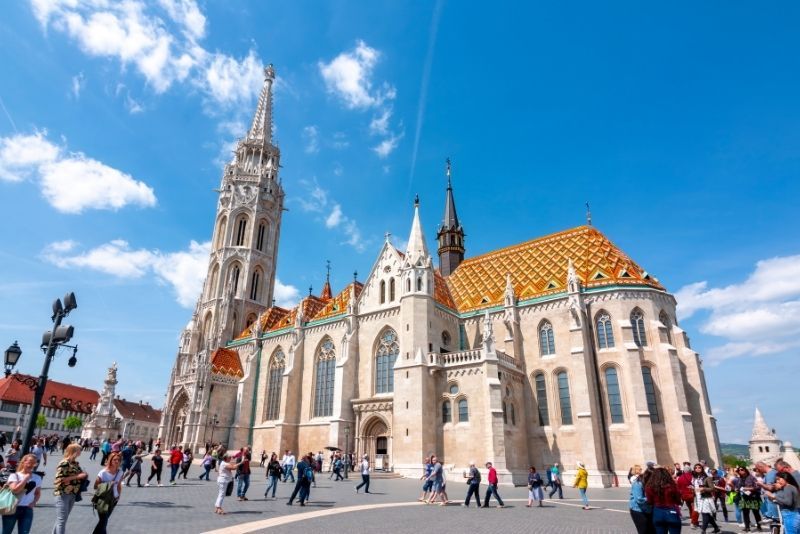
Budapest walking excursions begin at a multitude of destinations across the city, including the Fat Policeman Statue, Szentharomsag Square and Matthias Church. You can see the starting location of each excursion before booking so that you can plan your route and arrange any necessary transportation ahead of time.
Upon arrival at your predetermined meeting point, your guide will usually be wearing or holding an item that makes them easily identifiable. It’s worth noting that while some tours end at the starting point, others finish at different destinations.
How long does it last?
Budapest walking tours generally last between 1 and 3 hours, which enables you to see a host of landmarks without feeling rushed. If you’re particularly short on time, you should consider opting for a Buda Castle Cave tour, which lasts just 40 minutes.
Is it wheelchair friendly?
The majority of guided walks in Budapest are not suitable for wheelchair users, however, it’s always worth checking whether your preferred excursion can cater to your party. Persons with limited mobility can instead choose from a range of city tours in Budapest that are more accessible.
When is the best time for a walking tour in Budapest?
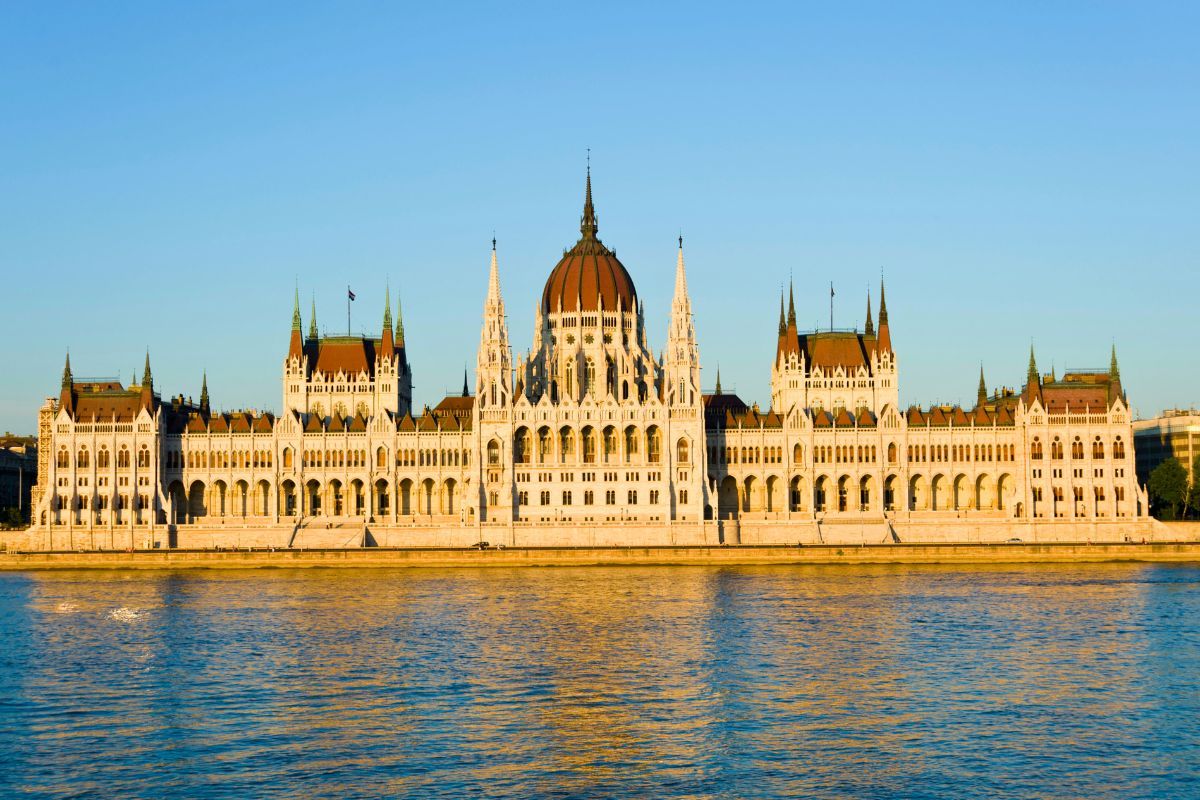
To get the most out of your walking tour of Budapest, consider joining in the morning, preferably around 10am. This will keep the temperature down and the roads less congested. Spring and autumn are ideal due to the mild climate. Morning tours allow you to spend the rest of the day exploring and revisiting the places of interest during your tour.
Travel tips
- Wear comfortable shoes as the walking tour allows you to explore the city on foot.
- Check the weather forecast and dress accordingly. Bring a light jacket or umbrella if needed, and consider layering if the temperature changes.
- Bring a bottle of water to stay hydrated during the tour, especially during the hot summer months.
- If you have any questions, feel free to ask your guide. They are there to provide insight and make your experience informative and enjoyable.

